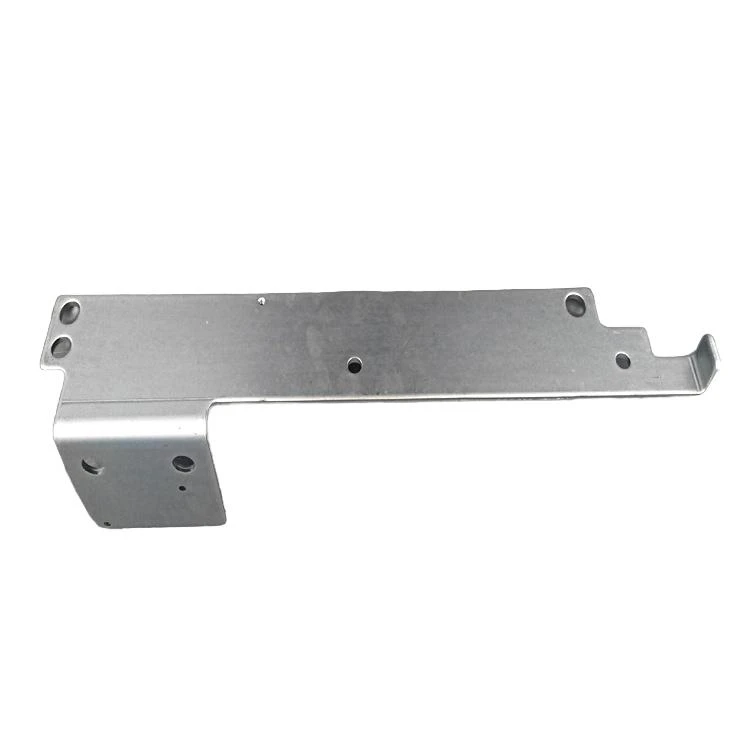wax die casting
Wax Die Casting An Overview
Wax die casting, often referred to as investment casting or lost-wax casting, is a precision metal casting process widely used in various industries. This method is particularly known for its ability to produce complex shapes with high dimensional accuracy and excellent surface finish. Originating thousands of years ago, the process has evolved significantly, offering both traditional craftsmanship and modern technological advancements.
The Process
The wax die casting process involves several key steps. It begins with the creation of a wax pattern that replicates the desired final product. This pattern is typically produced using injection molding techniques, allowing precise control over its dimensions and details. Once the wax pattern is ready, it is coated with a ceramic shell or investment, which serves as the mold for the final casting.
The ceramic shell is created by dipping the wax pattern into a slurry of fine sand and liquid binder, followed by heating to harden the shell. Once the shell is sufficiently strong, the wax is melted and drained away, leaving a hollow ceramic mold. This step is critical, as it provides the intricate details required for high-quality castings.
Next, molten metal is poured into the ceramic mold. The temperature and composition of the metal can vary based on the requirements of the final product. Common metals used in this process include aluminum, stainless steel, and titanium. The metal fills the cavity created by the pattern, taking on its shape as it cools and solidifies.
Once the metal has cooled sufficiently, the shell is broken away, revealing the finished part. Any excess material, such as sprues or gates formed during pouring, is then machined off to achieve the final dimensions. Finally, various surface treatments, such as polishing or coating, can be applied to enhance the finished product's appearance and properties.
Advantages of Wax Die Casting
wax die casting

Wax die casting offers several advantages over traditional methods of metal fabrication. One of the most notable benefits is the ability to create highly complex geometries that would be challenging, if not impossible, to achieve using other casting methods. This capability makes it an ideal choice for intricate components used in aerospace, automotive, medical devices, and jewelry.
Another significant advantage is the superior surface finish obtained from the process
. The ceramic shell produces smooth surfaces, reducing the need for extensive post-processing and resulting in lower production costs and lead times. Additionally, the precision of wax die casting allows for tighter tolerances, minimizing the need for additional machining.The versatility of the wax die casting process also stands out. It can accommodate a wide range of materials, enabling manufacturers to choose the best metal for a specific application. This flexibility makes it suitable for both low and high-volume production runs, appealing to a diverse array of industries.
Environmental Considerations
In recent years, environmental concerns have prompted the need for more sustainable practices in manufacturing. Wax die casting, specifically the use of reusable wax patterns, aligns well with these goals. Unlike some conventional methods that generate significant waste, the wax can often be recovered and reused, reducing the overall environmental impact.
Moreover, advancements in technology, such as 3D printing, have further streamlined the wax die casting process. 3D printing allows for rapid prototyping and the creation of complex wax patterns that were previously inaccessible through traditional methods. This innovation not only enhances efficiency but also encourages a more sustainable approach by minimizing waste.
Conclusion
In conclusion, wax die casting stands as a highly effective and versatile metal forming process suitable for a wide range of applications. Its ability to produce detailed and complex parts with excellent surface finishes, combined with its potential for sustainability, makes it a preferred choice in modern manufacturing. As technology continues to evolve, the future of wax die casting looks promising, paving the way for even more innovative and environmentally friendly practices in metal casting.
-
OEM Sand Cast Pump Valve Fittings - Baoding Hairun Machinery And Equipment Trading Co., Ltd.NewsAug.01,2025
-
Custom OEM Impellers | High Efficiency & PrecisionNewsAug.01,2025
-
OEM Sand Cast Pump Valve Fittings - Baoding Hairun Machinery | Customization, Quality AssuranceNewsAug.01,2025
-
OEM Sand Cast Pump Valve Fittings - Baoding Hairun Machinery And Equipment Trading Co., Ltd.NewsAug.01,2025
-
OEM Sand Cast Pump Valve Fittings - Baoding Hairun Machinery And Equipment Trading Co., Ltd.NewsJul.31,2025
-
OEM Sand Cast Pump Valve Fittings - Baoding Hairun | Precision Engineering, CustomizableNewsJul.30,2025















